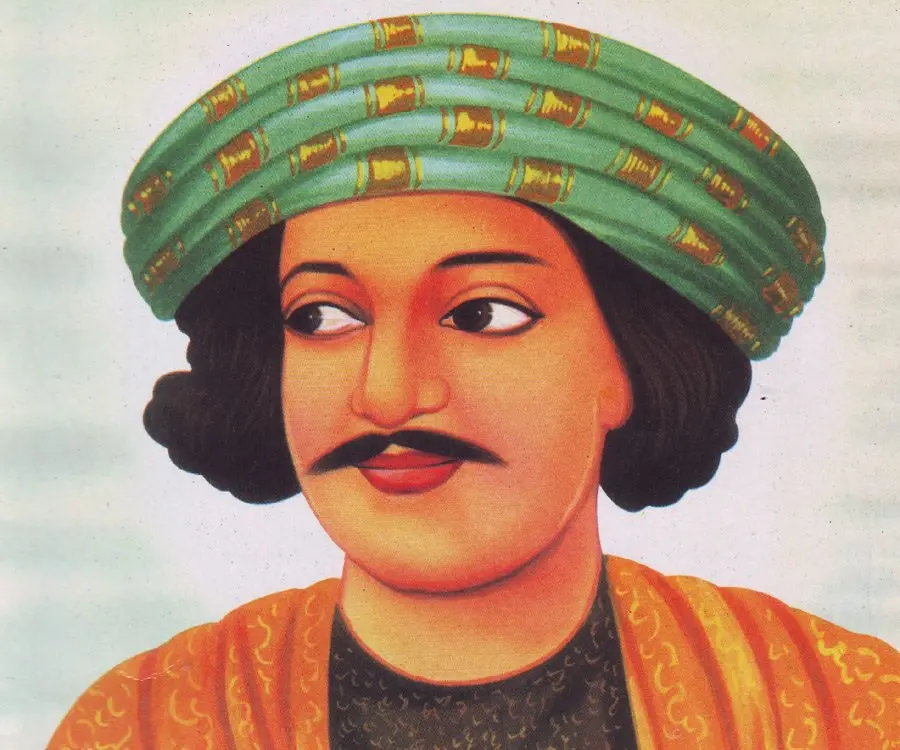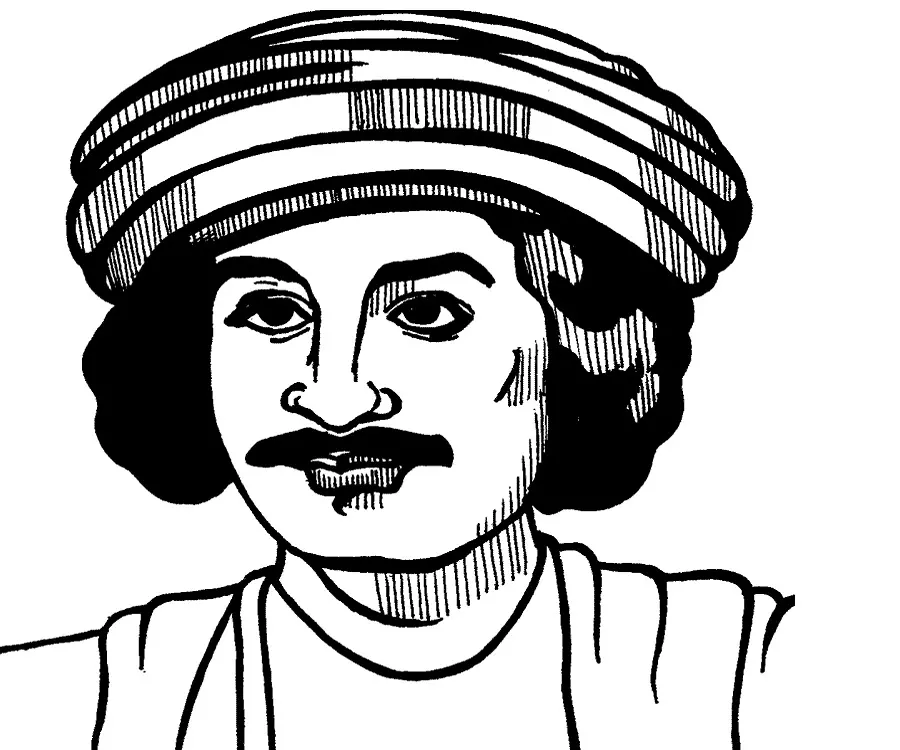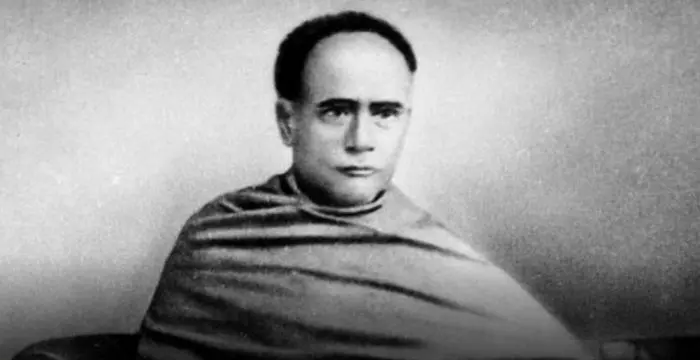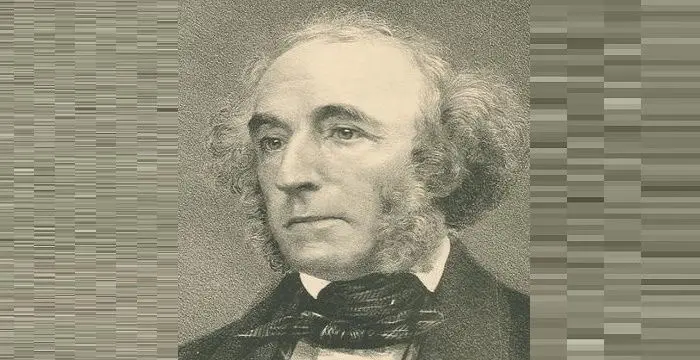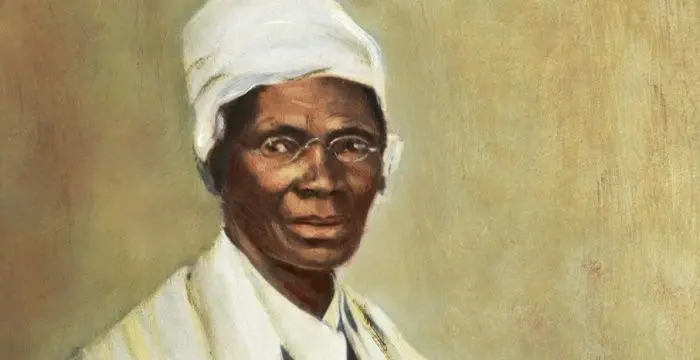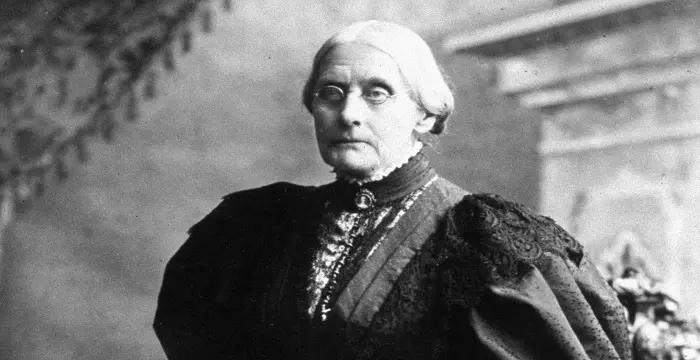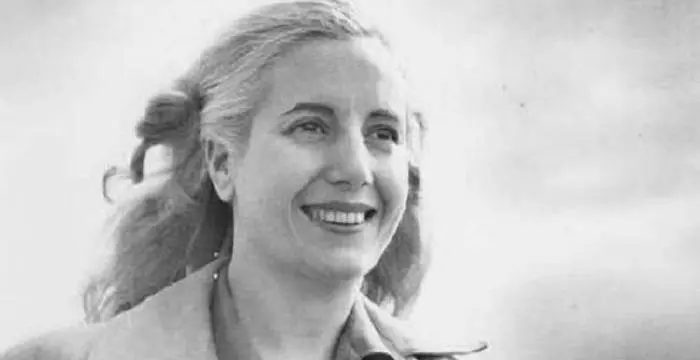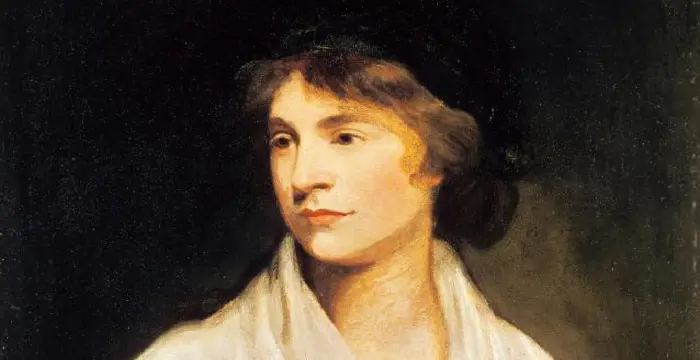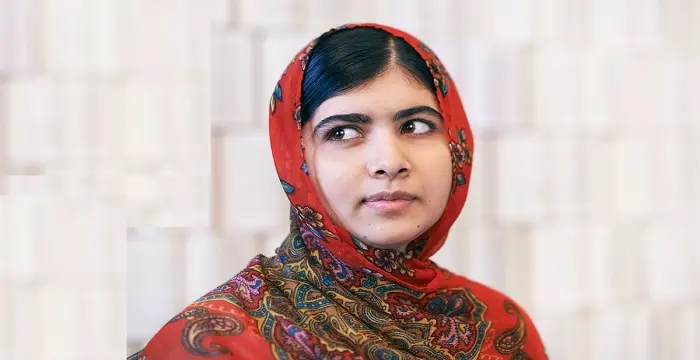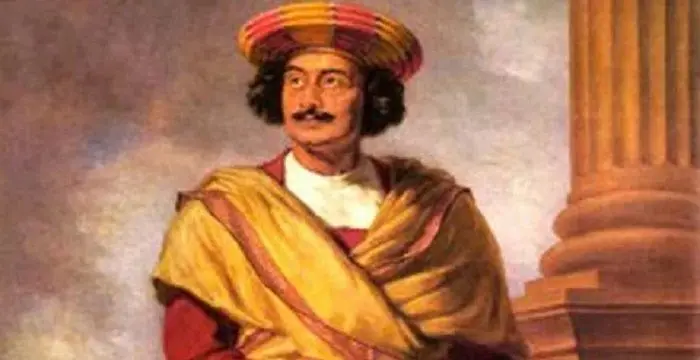
Raja Ram Mohan Roy - Socio-religious Reformer, Family and Childhood
Raja Ram Mohan Roy's Personal Details
The social reformer who helped abolish the practice of sati in India, Raja Ram Mohan Roy was the pioneer of modern Indian Renaissance
| Information | Detail |
|---|---|
| Birthday | May 22, 1772 |
| Died on | September 27, 1833 |
| Nationality | Indian |
| Famous | Activists, Women's Rights Activists, Social Reformers, Socio-religious Reformer |
| Spouses | Uma Devi |
| Founder / Co-Founder |
|
| Birth Place | Radhanagore, Bengal, British India |
| Gender | Male |
| Father | Ramkanto Roy |
| Mother | Tarinidevi |
| Sun Sign | Gemini |
| Born in | Radhanagore, Bengal, British India |
| Famous as | socio-religious reformer |
| Died at Age | 61 |
Raja Ram Mohan Roy's photo
Who is Raja Ram Mohan Roy?
Fondly called the “Maker of Modern India”, social and educational reformer Raja Ram Mohan Roy was a visionary who lived during one of India’s darkest social phases but strived his best to make his motherland a better place for the future generations to come. Born into a Bengali family in British India, he joined hands with other prominent Bengalis like Dwarkanath Tagore to form the socio-religious organization Brahmo Samaj, the renaissance movement of the Hindu religion which set the pace for Bengali enlightenment. Given the fact that Ram Mohan Roy was born into a family which displayed religious diversity which was unusual in Bengal at the time, it comes as no surprise that the young Ram Mohan Roy was disturbed by the problems stemming in the society due to religious and social malpractices. He was especially concerned about the practice of “sati” which required a widow to immolate herself at the pyre of her husband. Along with other reformers and visionaries he fought against the evil practices prevalent in the Indian society at that time and helped to eradicate several of them. He also left a deep impact in the fields of politics and education.
// Famous Social Reformers
Ishwar Chandra Vidyasagar
Ishwar Chandra Vidyasagar was an Indian polymath and a social reformer. This biography of Ishwar Chandra Vidyasagar provides detailed information about his childhood, life, achievements, works & timeline.
Granville Sharp
Granville Sharp was a social reformer and a leading British abolitionist. This biography of Granville Sharp provides detailed information about his childhood, life, achievements, works & timeline
Dadabhai Naoroji
Known as the Grand Old Man of India, Dadabhai Naoroji was an educator, social reformer and an important political leader. This biography provides detailed information about his childhood, life, achievements, works & timeline.
Childhood & Early Life
Ram Mohan Roy was born into a high-ranking Brahmin family in West Bengal. His father Ramkanto Roy was a Vaishnavite, while his mother Tarinidevi was a Shaivite—this was very unusual during those times where marriages between different religious sub sects were uncommon. His family had been serving the imperial Mughals for three generations.
He was born in an era which marked the darkest period in the history of India. The country was plagued by numerous socio-economic and political problems, the chaos created in the name of religions was aplenty.
He received his basic education in Sanskrit and Bengali in the village school after which he was sent to Patna to study in a Madrasa where he learnt Persian and Arabic.
Furthering his education, he moved to Kashi to learn the intricacies of Sanskrit and Hindu scriptures like the Vedas and Upanishads. He learnt the English language only when he was 22 years old.
Later Life
After completing his education he found a job in the East India Company where he served for several years and became a revenue officer in 1809.
He was a socially responsible citizen and was troubled by the increasing number of malpractices practiced by the common man in the society. He also voiced his dissent against the unjust actions of the British in India.
Ram Mohan had a strong belief in Lord Vishnu and in fact he is credited with coining the term “Hinduism”. However, he was dead against the malpractices forced upon the masses in the name of religion.
In 1812, his brother died and his widow was forced to burn herself too at his lit pyre. Young Ram Mohan tried his best to stop the evil from occurring but failed miserably. This incident left a deep impact on his mind.
He personally used to visit crematoriums to keep an eye on the people who forced the womenfolk to commit sati at their husbands’ pyre. He struggled a lot to make people realize that not only was sati a meaningless ritual, it was also very cruel and evil.
He supported the freedom of press as he believed that only a press that operated without any outer pressures could fulfill its duties in disseminating important information among the masses.
He believed that education played a vital role in the enlightenment of the common man and set up an English school in Calcutta in 1816 using his own funds. Such was his dedication towards upliftment of mankind.
During his time the government used to open only Sanskrit schools. He wanted to change this practice as he felt that education in other subjects like Mathematics, Geography and Latin was also necessary to make Indians keep pace with the rest of the world.
In 1828, he founded one of the most significant socio-religious institutions of modern day India—the Brahmo Samaj. It was a very influential movement that did not discriminate between people belonging to different religions, castes or communities.
Following years of his hard work in fighting against sati, the governor of the Bengal Presidency lands, Lord William Bentinck formally banned the practice on 4 December 1829.
He was also a journalist who published journals in different languages like English, Hindi, Persian and Bengali. ‘Sambad Kaumudi’, his most popular journal covered socio-political topics of interest to the Indians which helped them rise above their current state.
Major Works
His biggest achievement was the abolishment of “sati pratha”, a practice in the India of his times, where a widow was made to immolate herself at the funeral pyre of her deceased husband. He struggled for years to get this evil legally eradicated.
He founded the Brahmo Samaj along with other enlightened Bengalis. The samaj was a highly influential socio-religious reform movement which fought against evils like caste system, dowry, ill treatment of women, etc.
Awards & Achievements
The Mughal Emperor Akbar II conferred the title “Raja” to him in 1831 when the reformer went to England as an ambassador of the Mughal Emperor to submit a representation to the King of England to increase the allowances granted by the British to the Mughal Emperor.
Personal Life & Legacy
As was the custom during those days he was first married as a child. When his child-bride died, he was married again. His second wife too predeceased him. His third marriage was to Uma Devi who outlived him. He had two sons.
He contracted meningitis while on a trip to England and died on 27 September 1833. He was buried in Bristol.
// Famous Activists
Temple Grandin
Temple Grandin is a well-known American writer, autistic activist and animal expert. This biography profiles her childhood, life, achievements, career and timeline
Susan Sontag
Susan Sontag is an American critical essayist, cultural analyst, novelist, political activist, filmmaker and playwright of international repute. Read on to find out more about her childhood, career, profile and timeline.
Serj Tankian
Serj Tankian is a famous American singer-songwriter and member of the band, ‘System of a Down’. This biography profiles his childhood, music career, life, achievements and timeline.
Raja Ram Mohan Roy biography timelines
- // 22nd May 1772Ram Mohan Roy was born into a high-ranking Brahmin family in West Bengal. His father Ramkanto Roy was a Vaishnavite, while his mother Tarinidevi was a Shaivite—this was very unusual during those times where marriages between different religious sub sects were uncommon. His family had been serving the imperial Mughals for three generations.
- // 1809After completing his education he found a job in the East India Company where he served for several years and became a revenue officer in 1809.
- // 1812In 1812, his brother died and his widow was forced to burn herself too at his lit pyre. Young Ram Mohan tried his best to stop the evil from occurring but failed miserably. This incident left a deep impact on his mind.
- // 1816He believed that education played a vital role in the enlightenment of the common man and set up an English school in Calcutta in 1816 using his own funds. Such was his dedication towards upliftment of mankind.
- // 1828In 1828, he founded one of the most significant socio-religious institutions of modern day India—the Brahmo Samaj. It was a very influential movement that did not discriminate between people belonging to different religions, castes or communities.
- // 1829Following years of his hard work in fighting against sati, the governor of the Bengal Presidency lands, Lord William Bentinck formally banned the practice on 4 December 1829.
- // 1831The Mughal Emperor Akbar II conferred the title “Raja” to him in 1831 when the reformer went to England as an ambassador of the Mughal Emperor to submit a representation to the King of England to increase the allowances granted by the British to the Mughal Emperor.
- // 27th Sep 1833He contracted meningitis while on a trip to England and died on 27 September 1833. He was buried in Bristol.
// Famous Women's Rights Activists
Emily Greene Balch
Emily Greene Balch was an American economist, sociologist and pacifist who won the 1946 Nobel Peace Prize. This biography of Emily Greene Balch provides detailed information about her childhood, life, achievements, works & timeline.
Sojourner Truth
Sojourner truth was an African American abolitionist who was the first black woman to win a case against a white man. This biography provides detailed information about her childhood, life, achievements, works & timeline.
Susan B. Anthony
Susan B. Anthony was an American feminist who played a major role in the women's suffrage movement. This biography of Susan B. Anthony provides detailed information about her childhood, life, achievements, works & timeline
Evita Peron
Radio actress Evita Peron was the second wife of President Juan Peron of Argentina. This biography of Evita Peron provides detailed information about her childhood, life, works, achieements & timeline.
Mary Wollstonecraft
Mary Wollstonecraft was a British writer, philosopher and an advocate of women’s rights. This biography provides detailed information about her childhood, life, works, achievements & timeline.
Malala Yousafzai
Malala Yousafzai is a Pakistani women’s rights activist and the youngest-ever Nobel laureate. This biography of Malala Yousafzai provides detailed information about her childhood, life, achievements, works & timeline.
Raja Ram Mohan Roy's FAQ
What is Raja Ram Mohan Roy birthday?
Raja Ram Mohan Roy was born at 1772-05-22
When was Raja Ram Mohan Roy died?
Raja Ram Mohan Roy was died at 1833-09-27
Where was Raja Ram Mohan Roy died?
Raja Ram Mohan Roy was died in Bristol, England
Which age was Raja Ram Mohan Roy died?
Raja Ram Mohan Roy was died at age 61
Where is Raja Ram Mohan Roy's birth place?
Raja Ram Mohan Roy was born in Radhanagore, Bengal, British India
What is Raja Ram Mohan Roy nationalities?
Raja Ram Mohan Roy's nationalities is Indian
Who is Raja Ram Mohan Roy spouses?
Raja Ram Mohan Roy's spouses is Uma Devi
Which company or organization was founded by Raja Ram Mohan Roy?
Raja Ram Mohan Roy was the founder/co-founder of Brahmo Samaj
Who is Raja Ram Mohan Roy's father?
Raja Ram Mohan Roy's father is Ramkanto Roy
Who is Raja Ram Mohan Roy's mother?
Raja Ram Mohan Roy's mother is Tarinidevi
What is Raja Ram Mohan Roy's sun sign?
Raja Ram Mohan Roy is Gemini
How famous is Raja Ram Mohan Roy?
Raja Ram Mohan Roy is famouse as socio-religious reformer
